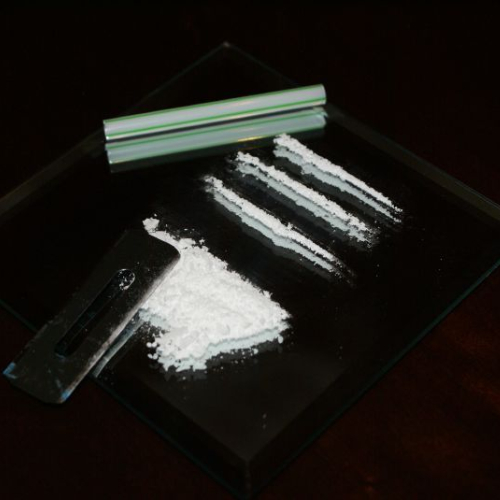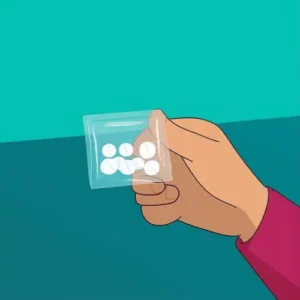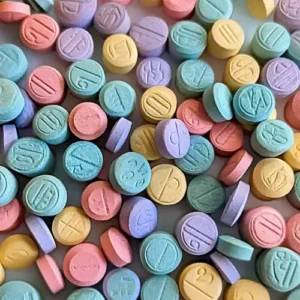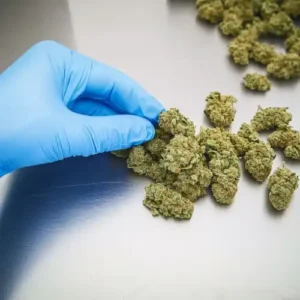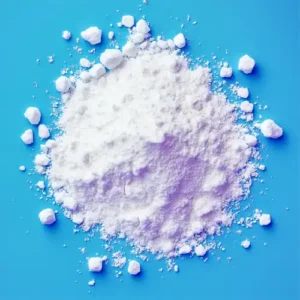Cocaine is a commonly used drug in the UK. It is a nervous system stimulant that can be addictive. Testing urine for recent use of cocaine is achieved by using cocaine drug testing kits, which are designed to detect benzoylecgonine, the main metabolite of cocaine found in urine.
Cocaine itself is only detectable in urine for a number of hours after usage. However, benzoylecgonine, the hydrolytic degradation product of cocaine, can be detected in urine for three to four hours after cocaine has been used. Thus, when testing for cocaine, it is normally benzoylecgonine that it is used as a drug screening test. A cocaine drug test kit is actually a benzoylecgonine drug test kit.
The Science Behind Benzoylecgonine Detection
To understand why benzoylecgonine is the target of cocaine drug tests, it’s helpful to look at the science behind it. When cocaine enters the body, it’s quickly broken down by enzymes in the liver and blood. This process, called metabolism, produces several byproducts, including benzoylecgonine.
Benzoylecgonine has a longer half-life than cocaine, meaning it sticks around in the body much longer. While cocaine itself may be gone from the system within hours, benzoylecgonine can hang around for days. This makes it a more reliable indicator of cocaine use.
The chemical structure of benzoylecgonine is similar to cocaine, but with one key difference: it lacks a methyl group. This small change makes benzoylecgonine less psychoactive than cocaine, but easier to detect in urine tests.
How Long After Cocaine Use Can It Be Detected in the Urine?
Benzoylecgonine will take longer to leave the body than cocaine. As stated benzoylecgonine can generally be detected in urine up to 96 hours after use. However, exact clearance rate times of benzoylecgonine from urine can’t be firmly determined. Metabolic rate, weight and certain other factors will all affect the amount of time required for benzoylecgonine to clear the body and for a person to show as being “clear” of cocaine.
Various studies have taken place to see how long it takes for benzoylecgonine to clear the body. Some reports suggest that heavy users may test positive for benzoylecgonine for up to 14 days. Some reports have suggested that this detection period could be as long as 10-22 days using a Benzoylecgonine Drug Test Kit.
Buying Benzoylecgonine Drug Test Kits
Benzoylecgonine drug test kits are available as single drug test kits for cocaine or as part of a multi-drug test kit that can detect cocaine.
False Positive Test Results for Cocaine Using a Benzoylecgonine Drug Test Kit
An often heard complaint from some people is that their drug test has come up as positive for cocaine when they have not been using the drug. Certainly this can happen and it is not unheard of for false positive tests to occur. Remember though, it is benzoylecgonine that is being tested for and not cocaine. Benzoylecgonine will show in urine for up to 5 days, or for nearly a month if the usage has been heavy. Benzoylecgonine is the fingerprint metabolite of cocaine that is unique to cocaine.
However, metabolites that are similar in structure to benzoylecgonine may be produced by certain medicines and could produce a ‘positive’ result for cocaine on some tests. Patients with liver or kidney diseases may test differently too and produce a false result when using a benzoylecgonine drug test kit.
What to Do if You Get a False Positive Result for Cocaine
A urine drug test for cocaine should be used to provide a preliminary analytical test result. A more specific alternate chemical method should be used in order to obtain a confirmed analytical result. Normally this will be by using a Gas Chromatography/Mass Spectrophotometry (GC/MS) method.
Remember, a careful clinical consideration and professional judgement should be applied when interpreting any positive test when preliminary results are being used from a benzoylecgonine drug test kit.
Photo Credit: “Cocaine” (CC BY-SA 2.0) by Valerie Everett
Zoom Testing is a leading UK drug testing company and a supplier of Drug Test Kits.
This post was originally published in June 2013. It was last update in August 2024.

